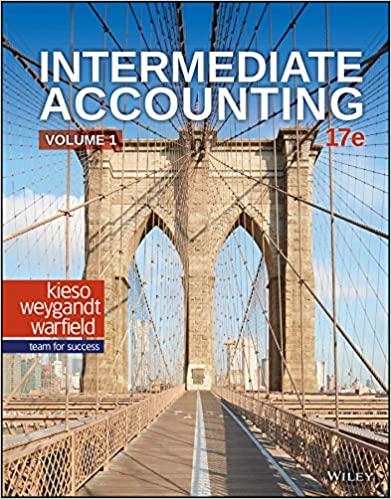Question
QUESTION TWO Flemington Bikes sells racing bikes on credit. It uses the ageing of accounts receivable method for estimating bad debts. On 30 June 2020,
QUESTION TWO
Flemington Bikes sells racing bikes on credit. It uses the ageing of accounts receivable method for estimating bad debts. On 30 June 2020, the Allowance for Doubtful Debts account had a balance of $8,800 CR before any adjustments. An ageing analysis of the account receivable balance as at 30 June 2020 is provided below. The uncollectable percentages for each age group are based on past experience and are shown next to the respective aged balances. Flemington Bikes is registered for goods and services tax (GST).
|
| Balance |
| % estimated uncollectable |
|
Accounts not yet due Accounts overdue: 130 days 3160 days 61120 days 121 days and over |
$175,600 61,000 44,000 25,400 20,500 |
|
0.5 2 10 25 40 |
|
| $326 500 |
|
|
REQUIRED:
- Using the ageing of accounts receivable method, calculate the estimated bad debts expense from the above information. Show all workings. (Hint: The company is registered for GST).
- Prepare the general journal entry to record bad debts expense.
(Narrations are not required).
- Assume that Flemington Bikes uses the direct write-off method to account for bad debts. Prepare the general journal entry to write-off an account receivable from Bill Murray for $2,750 (GST inclusive) on 31 August 2020.
- Explain how the direct write-off method differs from the allowance method when recording bad debts expense and why the direct write-off method violates the matching principle. (word limit 150).
Step by Step Solution
There are 3 Steps involved in it
Step: 1

Get Instant Access to Expert-Tailored Solutions
See step-by-step solutions with expert insights and AI powered tools for academic success
Step: 2

Step: 3

Ace Your Homework with AI
Get the answers you need in no time with our AI-driven, step-by-step assistance
Get Started


